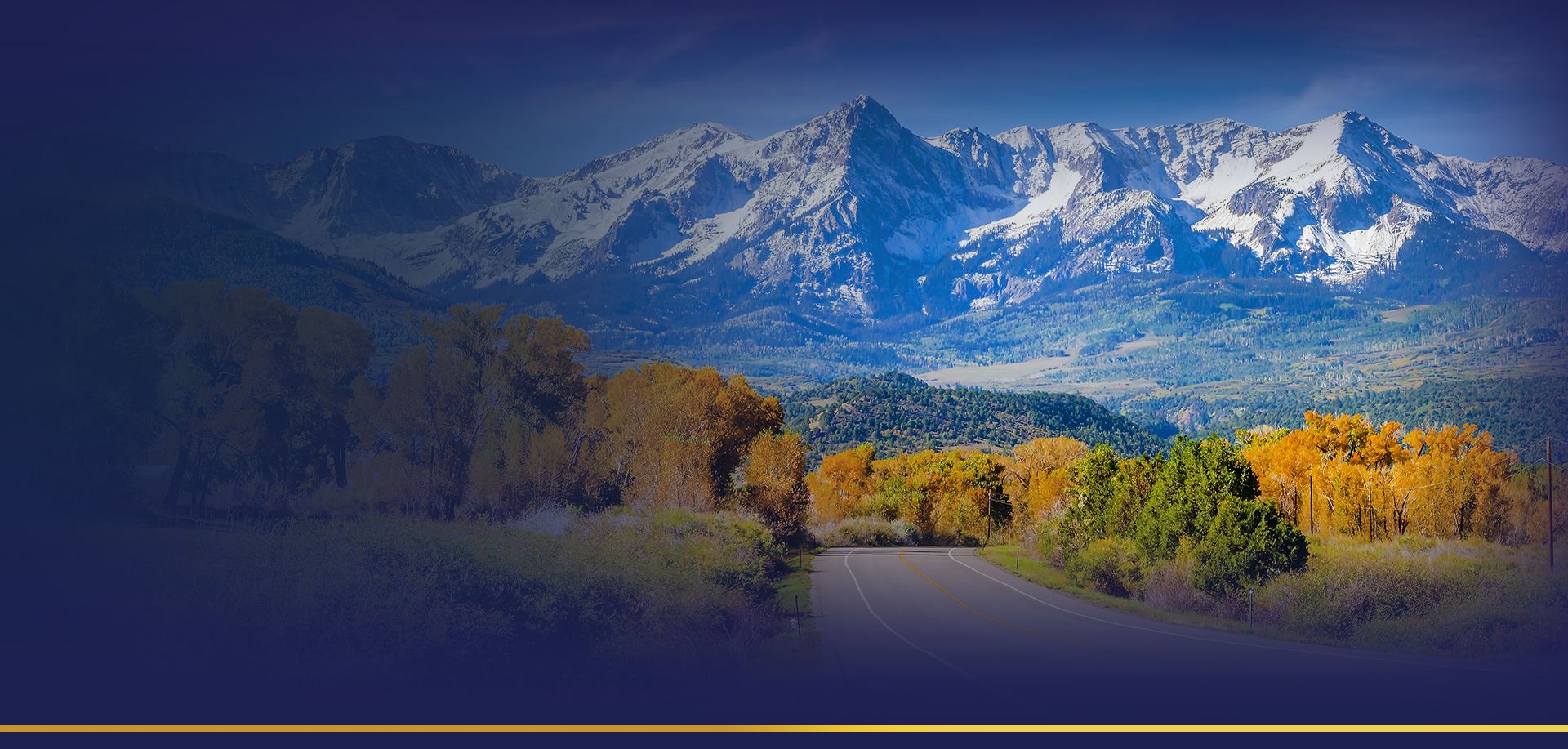(720) 712-2972
Toll Free : (720) 712-2972
The issue of sexual harassment is well-known within the photojournalism industry but has always been swept under the rug. Female photojournalists face institutional sexism so deep that many have accepted it as just a part of the profession. However, the problem has been brought to the forefront of the public eye recently.
It started when the deputy director of photography, Patrick Witty, left National Geographic after a sexual harassment investigation. Soon after, the industry’s dark secret was unveiled in a scathing report. The Columbia Journalism Review (CJR) released a massive exposé on rampant sexual abuse and harassment in photojournalism. The CJR investigation interviewed more than 50 photojournalists who have experienced unwanted advances, sexual comments and even assault from their colleagues and editors at work.
In the exposé, photojournalists stated that well-known members of the industry committed this type of behavior and employers ignored complaints. Many women in the field have given up on reporting harassment because they believe nothing will change.
How did it get this far?
Sexist remarks and sexual harassment are deep-rooted issues in the male-dominated industry. Industry culture glorifies masculine behavior. Established, older photojournalists are said to exploit their positions. Sexual harassment is so common that other men in the industry rarely call out colleagues for bad behavior.
New female photojournalists find themselves victimized and ignored by institutions, publications and agencies. Women of color are especially vulnerable because they tend to have more to lose by speaking out. Women of color also find themselves left out of female social networks, missing out on warnings about predatory colleagues and bosses.
Sexual harassment is not new, but it can be stopped
The details of harassment highlighted in the lengthy report may be shocking for those outside of the industry. Female photojournalists state that they can only nod along to the stories with recognition and pain. Stories in the exposé echo findings from an International Women’s Media Foundation 2013 report on violence and harassment against women in media.
In the 2013 report, it was found that two-thirds of women respondents reported experiencing sexual harassment or abuse while working, and 40 percent reported that it was perpetrated by co-workers or bosses. The difference between then and now is that a major outcry is rising for change in the industry. Due to the #metoo campaign, sexual harassment and abuse is in the national spotlight. Women around the country are fighting for safer environments.
It takes great courage for women in the photojournalism industry to come forward with stories of harassment. There is a lot to lose in their personal and professional lives. However, these stories empower victims of harassment to make change. Holding perpetrators accountable by law can help victims heal and make workplaces a safer space.
-
Facebook
-
Twitter
-
LinkedIn

